Home>Furniture>Outdoor Furniture>How To Replace Outdoor Furniture Cushions
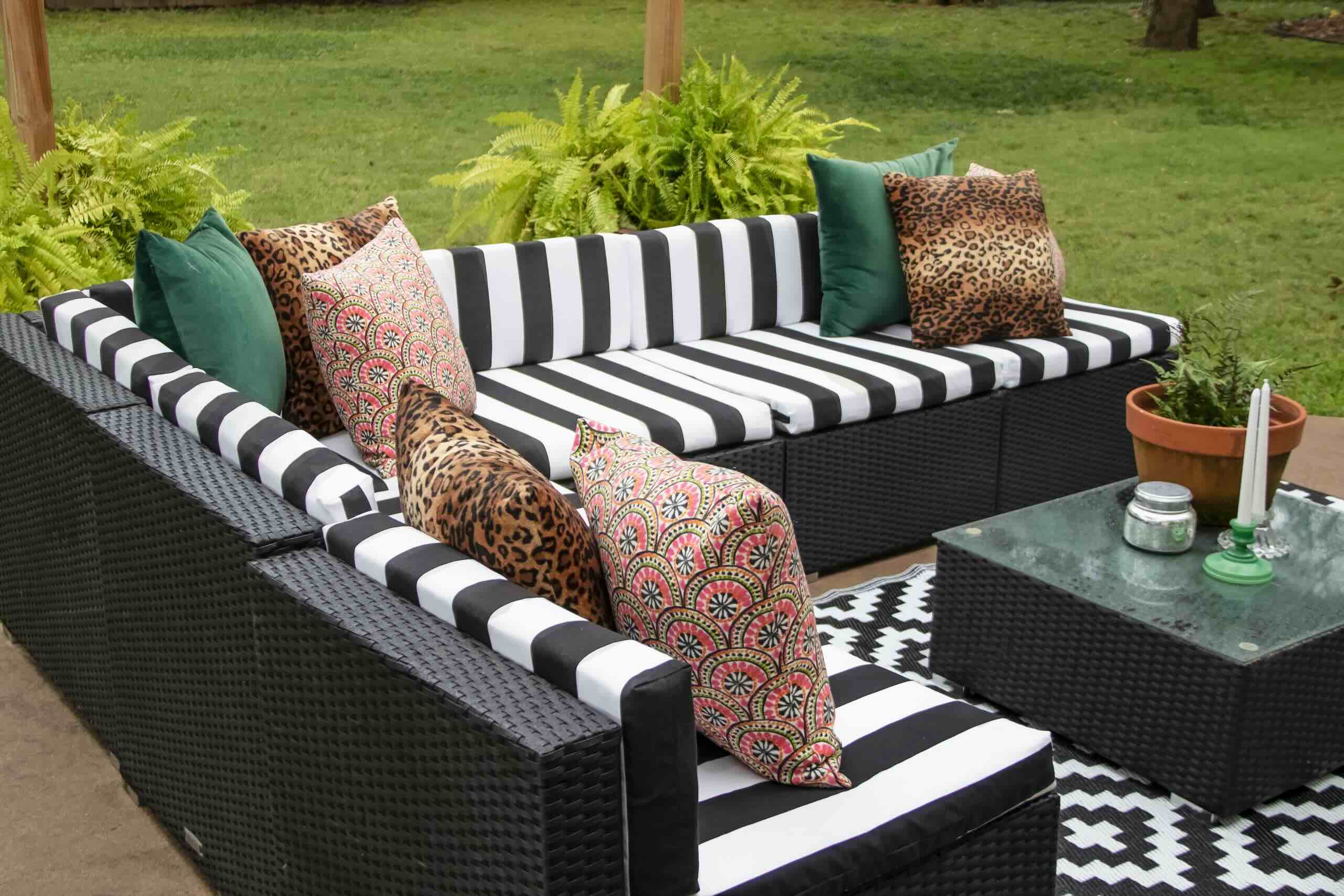

Outdoor Furniture
How To Replace Outdoor Furniture Cushions
Modified: March 16, 2024
Learn how to easily replace your outdoor furniture cushions and give your patio a fresh and comfortable makeover. Find step-by-step instructions and tips for selecting the perfect outdoor-furniture cushions.
(Many of the links in this article redirect to a specific reviewed product. Your purchase of these products through affiliate links helps to generate commission for Storables.com, at no extra cost. Learn more)
Introduction
Outdoor furniture cushions play a crucial role in enhancing the comfort and visual appeal of your outdoor living space. Over time, however, these cushions can become worn, faded, or damaged, requiring replacement. Whether you’ve recently purchased new outdoor furniture or your existing cushions need an upgrade, knowing how to replace outdoor furniture cushions is essential.
In this article, we will guide you through the step-by-step process of replacing outdoor furniture cushions. From assessing the condition of the cushions to selecting the right materials and attaching the new cushions, we will cover every aspect to ensure that your outdoor furniture remains both stylish and comfortable.
So, grab your measuring tape and get ready to transform your outdoor seating area into a cozy and inviting oasis!
Key Takeaways:
- Assess the condition of your outdoor furniture cushions by checking for wear, comfort, and appearance. This helps you decide whether to clean or replace them for a cozy and stylish outdoor space.
- When replacing outdoor furniture cushions, measure accurately, choose durable materials, and attach securely. Proper care and maintenance will keep your new cushions comfortable and inviting for years to come.
Read more: How To Store Cushions For Outdoor Furniture
Step 1: Assessing the condition of the cushions
The first step in replacing your outdoor furniture cushions is to assess their condition. Take a close look at each cushion to determine if it is still in good shape or if it needs to be replaced.
Start by inspecting the cushion’s fabric for any signs of wear and tear, such as rips, tears, or fraying. Check for any stains or discoloration that can’t be removed through cleaning. Additionally, look for any mold or mildew growth, as this can be an indication of moisture damage.
Next, sit on the cushions and evaluate their comfort level. If they no longer provide adequate support or have lost their firmness, it may be time for a replacement. Remember, outdoor cushions are subjected to various weather conditions and constant use, so they can wear out over time.
Another aspect to consider is the cushion’s overall appearance. If the colors have faded significantly or if the pattern no longer matches your desired aesthetic, you might want to opt for new cushions to rejuvenate the look of your outdoor furniture.
By assessing the condition of your cushions, you will have a clear understanding of whether they can be salvaged with some cleaning and repairs or if they need to be replaced entirely. This evaluation will help guide your decision-making process as you proceed to the next steps of replacing your outdoor furniture cushions.
Step 2: Measuring the dimensions of the cushions
Once you have determined that it’s time to replace your outdoor furniture cushions, it’s important to measure the dimensions accurately. Measuring the cushions correctly will ensure that you purchase the right size replacements and maintain the desired comfort and fit.
Here’s how you can measure the dimensions of your cushions:
- Remove the old cushion from the furniture frame to have a clear and accurate measurement. If the cushion is attached with ties or Velcro, simply detach them to remove the cushion.
- Place the cushion on a flat surface, such as a table or the floor, and smooth out any wrinkles or creases.
- Using a tape measure, measure the cushion’s length from one side seam to the other, running parallel to the front edge.
- Next, measure the cushion’s width from the front edge to the back edge.
- Measure the cushion’s thickness by placing the tape measure at one side seam and extending it to the opposite side seam.
- Take note of these measurements, ensuring that you record them accurately. It’s recommended to measure in inches or centimeters for consistency.
It’s important to remember that outdoor furniture cushions can come in various shapes, such as square, rectangular, round, or custom shapes. If your cushions have a unique shape, take additional measurements to capture any curves or contours.
Having these precise measurements in hand will make the process of finding the perfect replacement cushions much easier. It will prevent you from purchasing cushions that are either too small or too large, ensuring a snug and comfortable fit on your outdoor furniture.
Step 3: Choosing the right type of outdoor cushion material
When it comes to selecting the right type of outdoor cushion material, durability and resistance to the elements are key factors to consider. Outdoor furniture cushions are exposed to sunlight, moisture, dirt, and frequent use, so choosing a material that can withstand these conditions is essential for long-lasting comfort.
Here are some popular outdoor cushion materials to consider:
- Acrylic: Acrylic is a versatile and widely used material for outdoor cushions. It is fade-resistant, durable, and dries quickly. Acrylic cushions are also resistant to mildew and stains, making them ideal for outdoor use.
- Polyester: Polyester cushions are known for their affordability and resistance to fading. They are also relatively easy to clean and maintain. However, polyester may not be as durable as other materials and may not withstand prolonged exposure to harsh weather conditions.
- Sunbrella: Sunbrella fabric is a popular choice for outdoor furniture cushions due to its exceptional durability and resistance to fading, mildew, and stains. Sunbrella cushions also offer a wide range of color and pattern options.
- Olefin: Olefin cushions provide excellent durability and resistance to fading and moisture. They are also resistant to mildew and stains, making them a suitable choice for outdoor use. Olefin cushions are often more affordable compared to other materials.
- Textilene: Textilene is a synthetic mesh material known for its exceptional strength and resistance to UV rays. It is highly breathable and allows for increased air circulation, making it suitable for hot and humid climates.
Consider the climatic conditions in your area and the specific needs of your outdoor space when choosing the material for your cushions. If you live in a region with intense sun exposure, opt for materials with built-in UV protection. For areas with high humidity or frequent rain, select materials that are resistant to mold and mildew.
Additionally, think about the level of comfort you desire. Cushions with high-density foam or polyester fiberfill provide better support and retain their shape for longer periods.
By selecting the right type of outdoor cushion material, you can ensure that your replacement cushions not only add style to your outdoor furniture but also withstand the elements and provide lasting comfort.
Step 4: Removing the old cushions
With the measurements taken and the new cushion material chosen, it’s time to remove the old cushions from your outdoor furniture. Removing the old cushions is an important step in the replacement process, as it prepares the furniture for the new cushions and allows you to inspect the frames and surfaces for any cleaning or repair needs.
Follow these steps to remove the old cushions:
- Start by locating any fasteners or ties that are holding the cushions in place. These could be Velcro straps, ties, or hooks. Carefully undo or remove these fasteners to release the cushions from the furniture.
- Gently lift and remove the cushions from the frames or seats. If the cushions are stuck or fitted tightly, you can use a flathead screwdriver or a thin spatula to help loosen them.
- Set aside the old cushions in a safe and clean area, as you may need to reference them while selecting new replacements or making repairs.
- Inspect the furniture frames and surfaces for any dirt, debris, or damage. Wipe down the frames with a damp cloth or use a mild soap solution for a deeper clean if necessary.
- Take this opportunity to repair any loose screws, tighten any wobbly joints, or address any other maintenance needs of the furniture frames. This will ensure a sturdy and secure foundation for the new cushions.
By carefully removing the old cushions and inspecting the furniture frames, you’re creating a clean canvas for installing the new cushions. This step also allows you to address any maintenance or repair needs of the furniture to ensure its longevity.
When replacing outdoor furniture cushions, measure the dimensions of the existing cushions to ensure the new ones will fit properly. Also, consider weather-resistant materials for longevity.
Read more: How To Protect Outdoor Furniture Cushions
Step 5: Cleaning the furniture frames and surfaces
Once the old cushions have been removed, it’s time to clean the furniture frames and surfaces before installing the new cushions. Cleaning the frames not only enhances the overall appearance of your outdoor furniture but also ensures a hygienic and fresh seating area.
Here’s how you can effectively clean the furniture frames and surfaces:
- Remove any loose dirt, leaves, or debris from the frames by using a soft brush or a handheld vacuum cleaner. Pay close attention to corners, crevices, and hard-to-reach areas.
- Prepare a mild soap solution by mixing a few drops of dish soap or a gentle all-purpose cleaner with warm water in a bucket.
- Dip a sponge or a soft cloth in the soapy water and gently scrub the frames and surfaces. Remove any stains or grime, focusing on areas that receive frequent contact, such as armrests and seat edges.
- Rinse the frames thoroughly with clean water to remove any soap residue. Use a hose or a bucket of water and a clean sponge or cloth for rinsing. Avoid excessive water usage, especially if the furniture is made of wood or metal, to prevent damage.
- Wipe down the frames with a clean, dry cloth to remove excess moisture. This will help prevent mold or mildew growth and maintain the longevity of the furniture.
- Pay particular attention to any cushions or fabric straps that are attached to the frames. Use a fabric cleaner recommended for the specific type of fabric to remove any stains or dirt buildup.
It is important to follow the manufacturer’s instructions and recommendations for cleaning the specific material or finish of your outdoor furniture. Certain materials may require specialized cleaners or gentle treatment, so be sure to read any care labels or documentation provided.
By cleaning the furniture frames and surfaces, you not only create a clean and welcoming space but also ensure that the new cushions are installed on a well-maintained and hygienic foundation. This step helps to prolong the lifespan of your outdoor furniture and maintain its pristine condition for years to come.
Step 6: Selecting new cushions
Now that you have measured the dimensions of your old cushions, decided on the desired material, and cleaned the furniture frames, it’s time to select the new cushions for your outdoor furniture. Choosing the right cushions is crucial for achieving both comfort and aesthetic appeal in your outdoor space.
Consider the following factors when selecting new cushions:
1. Size and Shape: Use the measurements you took earlier to find cushions that match the dimensions of your furniture. Ensure that the cushions are the right size and shape to fit the seats snugly. Consider whether you prefer square, rectangular, or custom-shaped cushions.
2. Comfort: Look for cushions that offer the level of comfort you desire. Pay attention to the type of foam or filling used in the cushions. High-density foam or polyester fiberfill provides better support and retains its shape over time.
3. Style and Design: Consider the overall style and design of your outdoor space. Select cushions that complement the existing color scheme, decor, and ambiance. Opt for patterns and colors that align with your personal taste and the desired aesthetic of your outdoor area.
4. Durability: Choose cushions made from high-quality materials that are specifically designed for outdoor use. Look for features such as UV resistance, mildew resistance, and fade resistance. Consider the climate and weather conditions in your area and select cushions that can withstand the elements.
5. Maintenance: Consider the level of maintenance required for the cushions. Some materials may be easier to clean and maintain than others. Choose cushions that align with your lifestyle and the amount of time and effort you are willing to invest in their care.
6. Budget: Set a budget for your cushion purchase and look for options that fall within your price range. Keep in mind that investing in higher-quality cushions may ensure better durability and longevity in the long run.
Remember to take your time in selecting the right cushions for your outdoor furniture. Explore different options, compare prices and features, and read reviews from other customers to make an informed decision.
By selecting new cushions that meet your criteria for size, comfort, style, durability, and maintenance, you can transform your outdoor furniture into a comfortable and visually appealing outdoor retreat.
Step 7: Attaching the new cushions to the furniture
Now that you have selected the perfect cushions for your outdoor furniture, it’s time to attach them securely to ensure a comfortable and stable seating experience. Properly attaching the cushions will prevent them from sliding or shifting during use, maintaining their intended position and overall functionality.
Here’s how you can attach the new cushions to your outdoor furniture:
- Double-check the measurements of your new cushions to ensure they align with the dimensions of your furniture seats. If needed, make any necessary adjustments to the cushion placement or orientation.
- If your cushions have ties or straps, position the cushion on the furniture seat and locate the corresponding attachment points on the frames.
- Fasten the ties or straps securely, making sure they are tightly secured to prevent the cushions from slipping or moving. Tie knots or fasten buckles as needed for a snug fit.
- If your cushions do not have ties or straps, you can use adhesive hook-and-loop tape to secure them to the furniture frames. Apply one side of the tape to the cushion and the other side to the frame. Press firmly to ensure a strong bond.
- For cushions without any attachment options, consider using non-slip pads or gripper mats on the furniture seats. These can help prevent the cushions from sliding or moving during use.
- Test the cushions by sitting on them and applying gentle pressure to ensure that they are securely attached. Make any necessary adjustments or repositioning if needed.
It’s important to note that the attachment methods may vary depending on the design and type of your outdoor furniture as well as the specific cushion style. Follow the manufacturer’s instructions or recommendations if provided.
By properly attaching the new cushions to your outdoor furniture, you can enjoy a comfortable and stable seating experience without the hassle of constantly readjusting or repositioning the cushions.
Step 8: Proper care and maintenance of outdoor cushions
Now that your new cushions are attached to your outdoor furniture, it’s important to know how to properly care for and maintain them. Taking good care of your outdoor cushions will help keep them in excellent condition, prolong their lifespan, and ensure continued comfort and visual appeal.
Here are some tips for the proper care and maintenance of your outdoor cushions:
- Regular Cleaning: Regularly clean your cushions to prevent dirt, stains, and mildew from building up. Brush off any loose dirt or dust, then use a mild soap solution and a soft brush or sponge to clean the cushions. Rinse thoroughly with water and allow them to air dry completely before reusing or storing them.
- Protect from Sun and Rain: While outdoor cushions are designed to withstand the elements, it’s still best to protect them from prolonged exposure to direct sunlight and heavy rain. Consider using furniture covers or storing the cushions in a dry, shaded area when not in use to prevent fading, moisture damage, and mildew growth.
- Remove and Store During Harsh Weather: In regions with harsh winters or extreme weather conditions, consider removing the cushions from the outdoor furniture and storing them indoors. This will protect them from potential damage caused by freezing temperatures, excessive moisture, or strong winds.
- Spot Clean Spills and Stains: Attend to spills and stains promptly to prevent them from setting into the fabric. Blot any liquid spills with a clean cloth and use a mild detergent or stain remover for stubborn stains. Always test any cleaning products on a small, inconspicuous area of the cushion first to ensure they do not cause discoloration or damage.
- Rotate and Fluff: To ensure even wear and maintain the cushion’s shape, periodically rotate and fluff them. This will prevent certain areas from becoming flattened or compressed over time, ensuring consistent comfort and appearance.
- Avoid Sharp Objects: Be cautious and avoid placing sharp objects or standing on the cushions, as this can puncture or tear the fabric. Encourage guests to also be mindful of any buttons, zippers, or sharp accessories that may result in damage to the cushions.
- Follow Manufacturer’s Instructions: Always refer to the manufacturer’s care instructions and recommendations for specific cleaning and maintenance guidelines. Different cushion materials and brands may have unique requirements, so it’s important to follow their guidelines for optimal care.
By following these care and maintenance tips, you can ensure that your outdoor cushions remain clean, fresh, and comfortable for years to come. Regular upkeep will not only extend the lifespan of your cushions but also enhance the overall enjoyment of your outdoor living space.
Read more: How To Make Cushions For Outdoor Furniture
Conclusion
Replacing outdoor furniture cushions is a practical and worthwhile investment that can revitalize the comfort and appearance of your outdoor living space. By following the step-by-step process outlined in this guide, you can ensure a seamless and successful cushion replacement experience.
Assessing the condition of your old cushions allows you to determine if replacement is necessary, while accurate measurements ensure the new cushions fit perfectly on your outdoor furniture. Choosing the right cushion material is essential for durability and resistance to the elements.
Removing the old cushions and cleaning the furniture frames create a clean foundation for the new cushions. Selecting cushions that match your style and comfort preferences enhances the aesthetics of your outdoor space.
Attaching the new cushions securely prevents any slipping or shifting, while proper care and maintenance ensure their longevity. Regular cleaning, protection from harsh weather, and prompt stain removal will keep your cushions looking and feeling their best.
By following these steps and incorporating proper care, your outdoor furniture cushions will provide you and your guests with a comfortable and inviting seating area for years to come.
So, take the time to replace your outdoor furniture cushions and transform your outdoor space into a cozy and stylish retreat. Sit back, relax, and enjoy the comfort and beauty of your new cushions!
Frequently Asked Questions about How To Replace Outdoor Furniture Cushions
Was this page helpful?
At Storables.com, we guarantee accurate and reliable information. Our content, validated by Expert Board Contributors, is crafted following stringent Editorial Policies. We're committed to providing you with well-researched, expert-backed insights for all your informational needs.
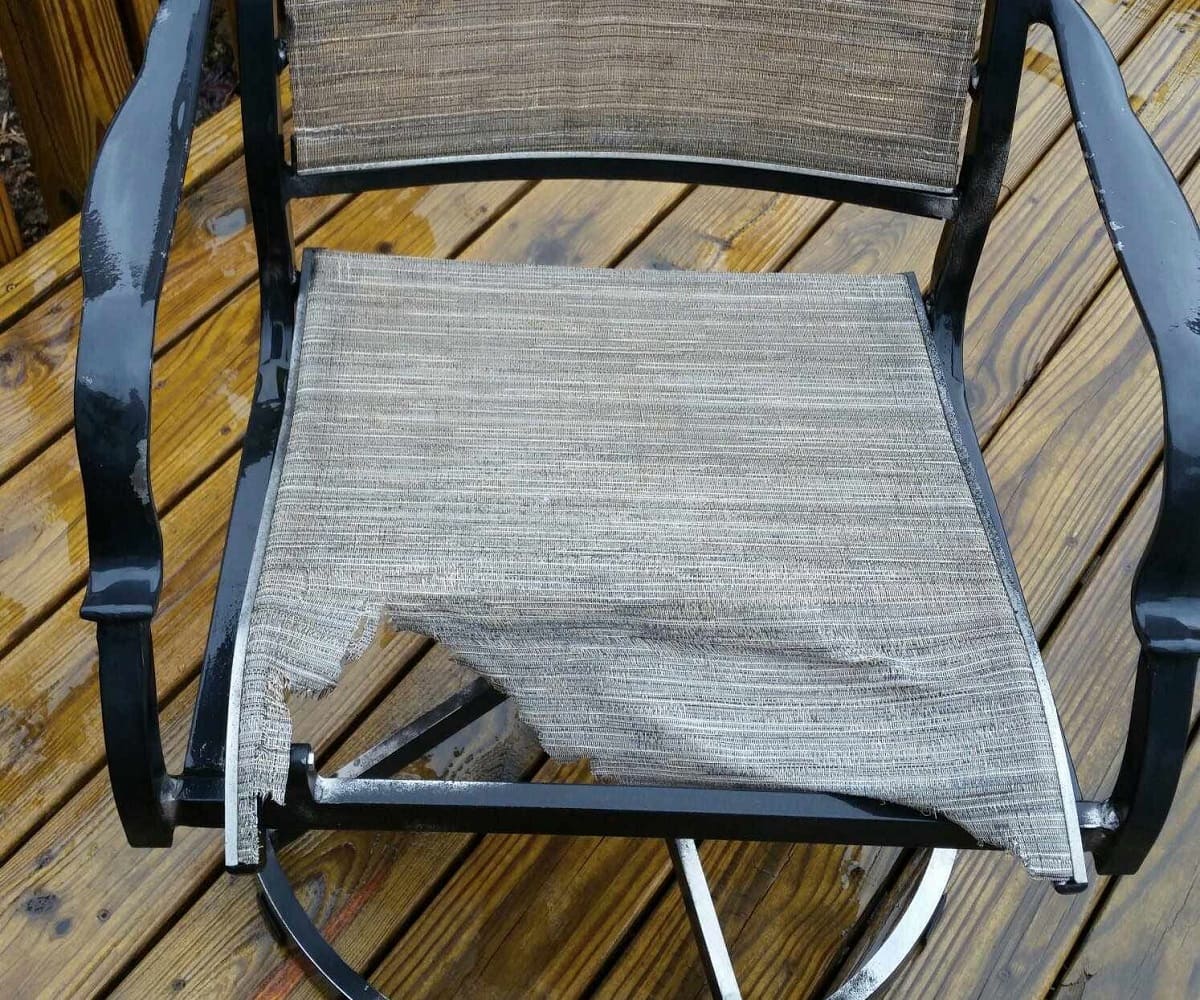
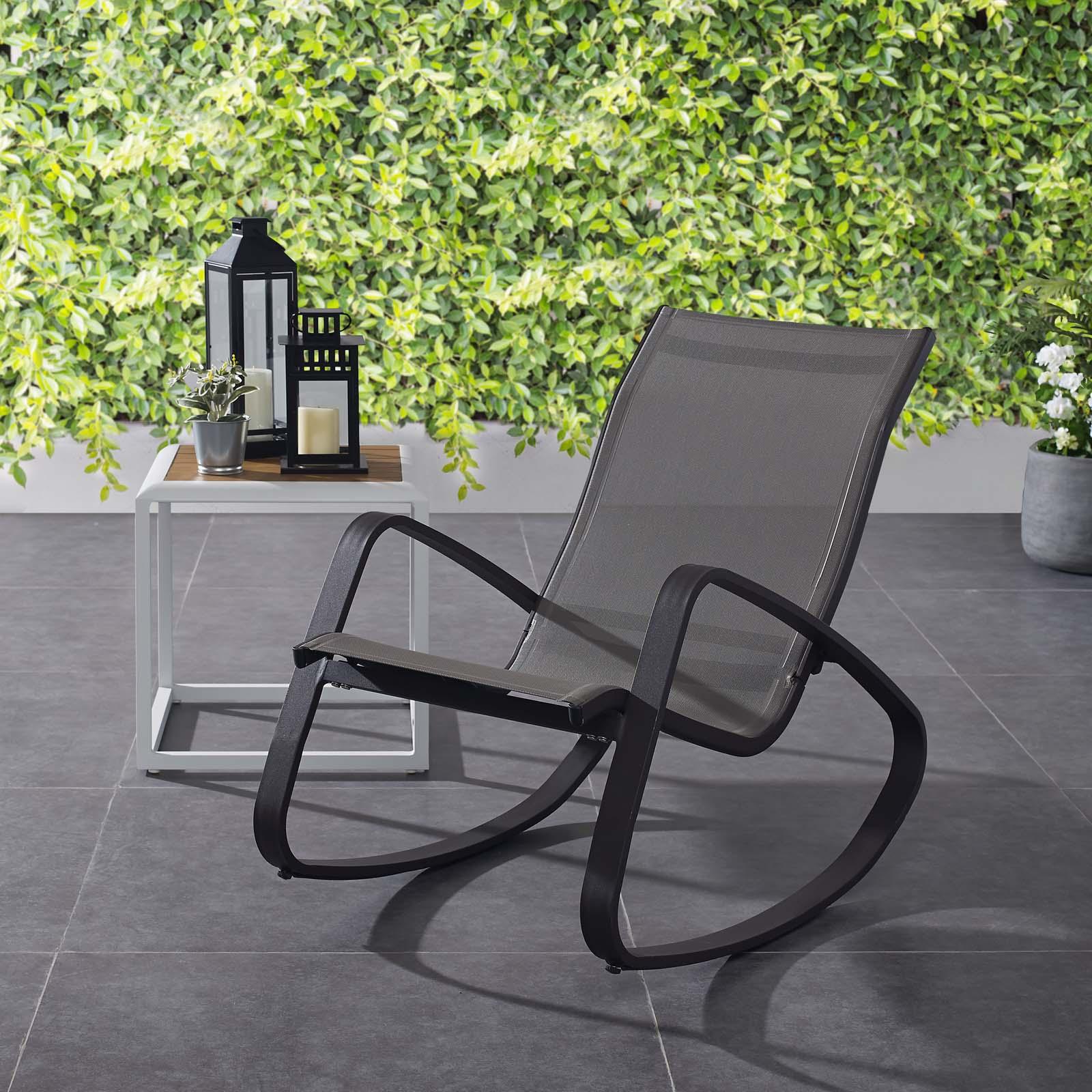
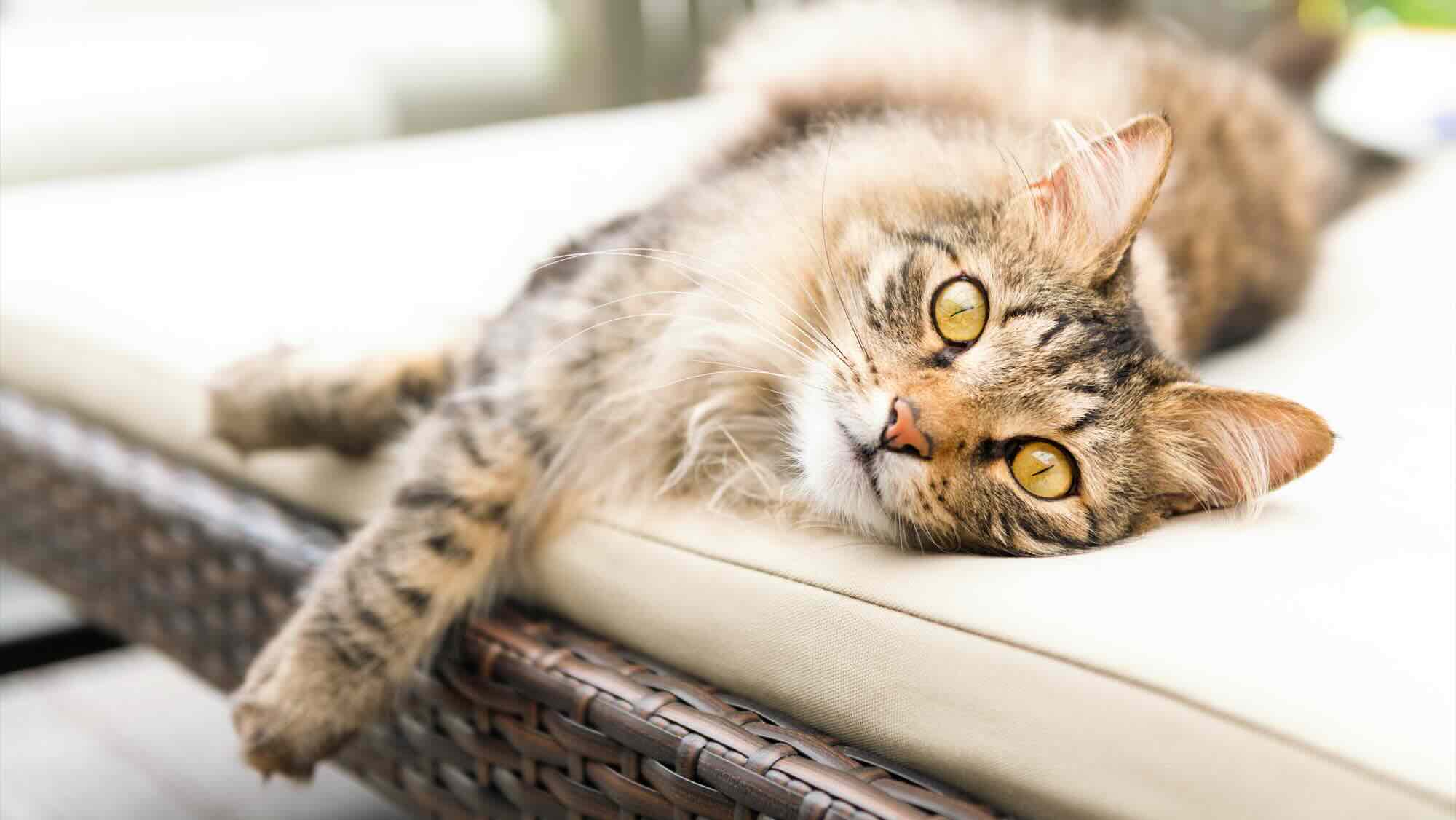
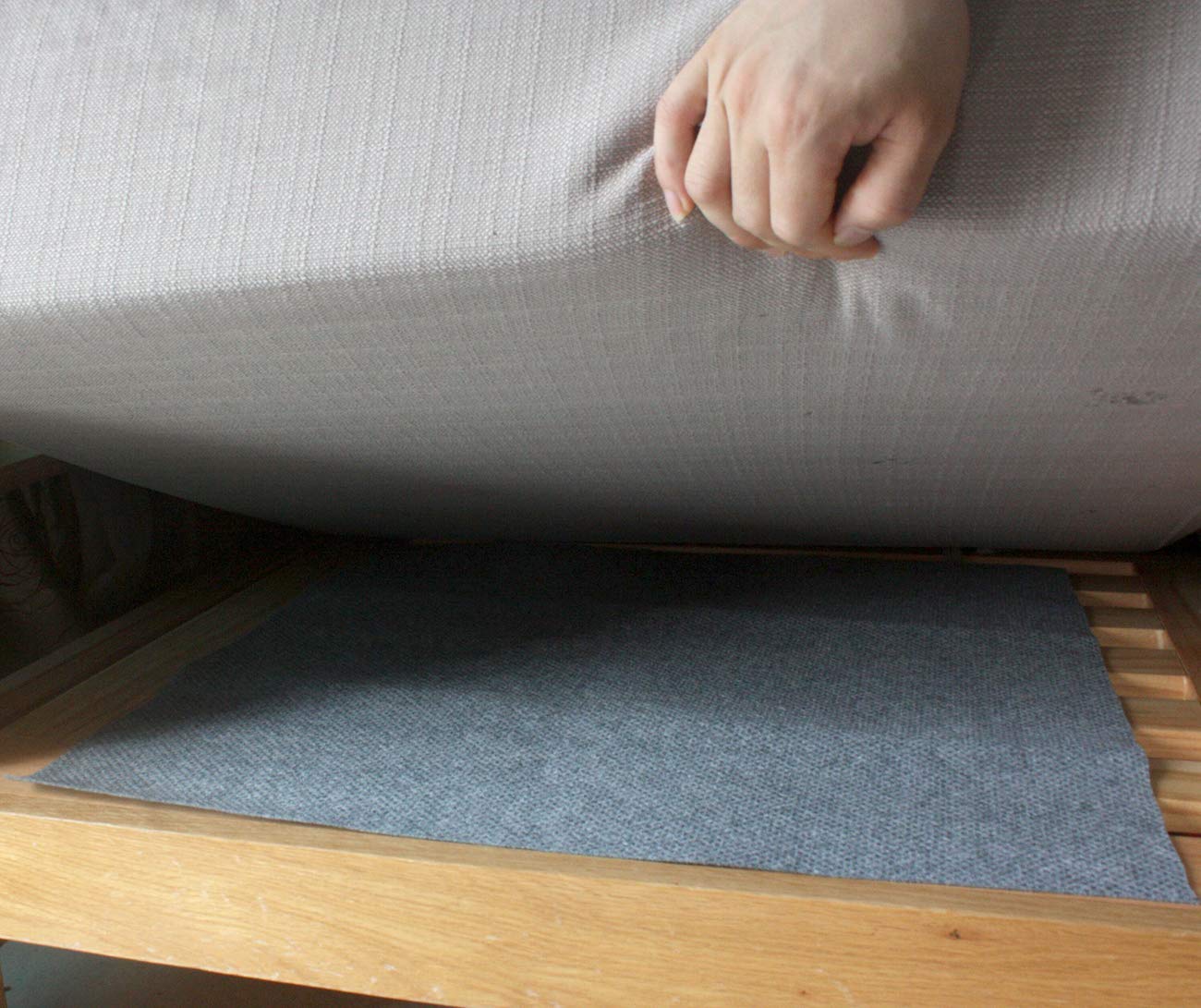
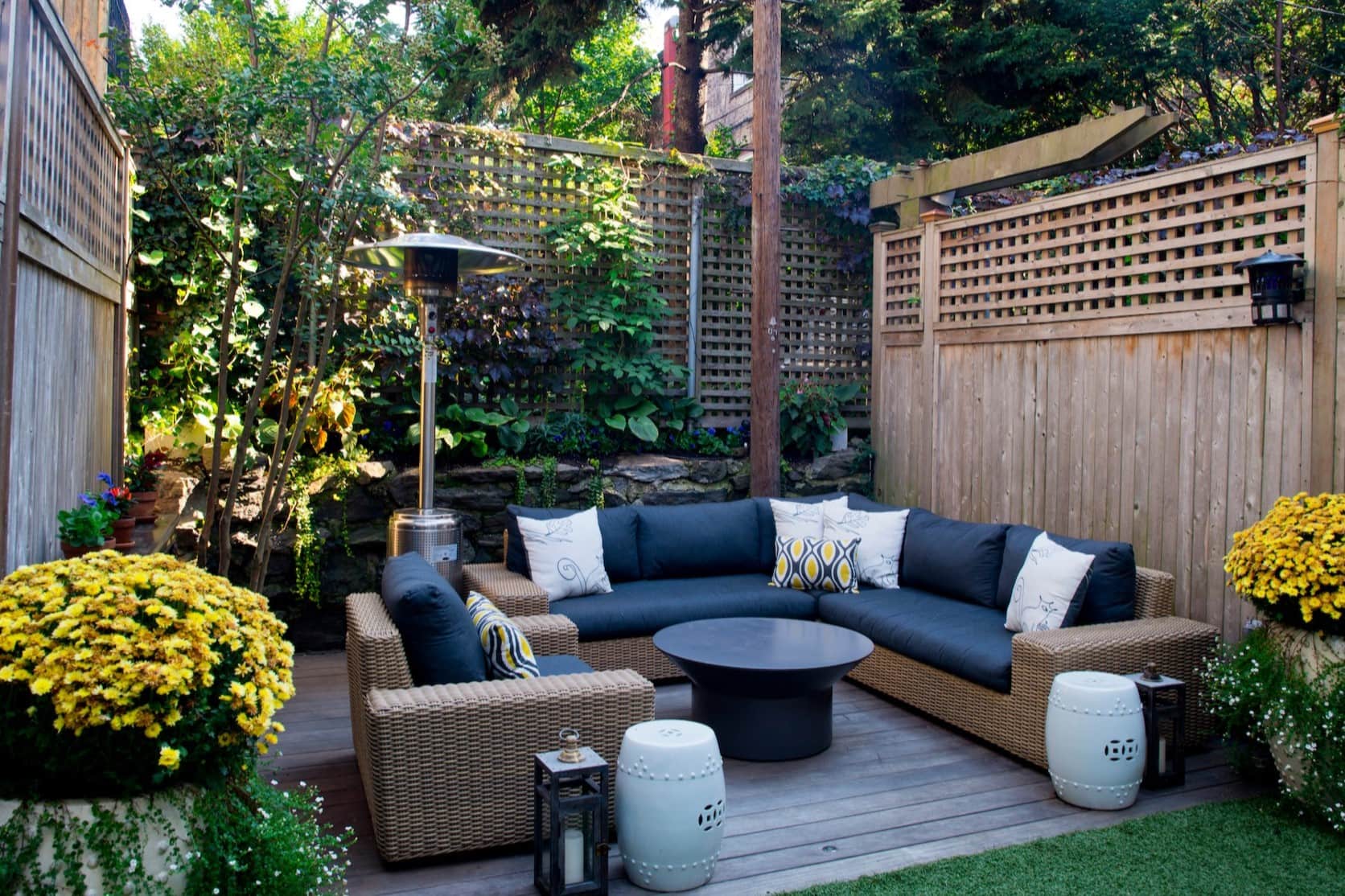
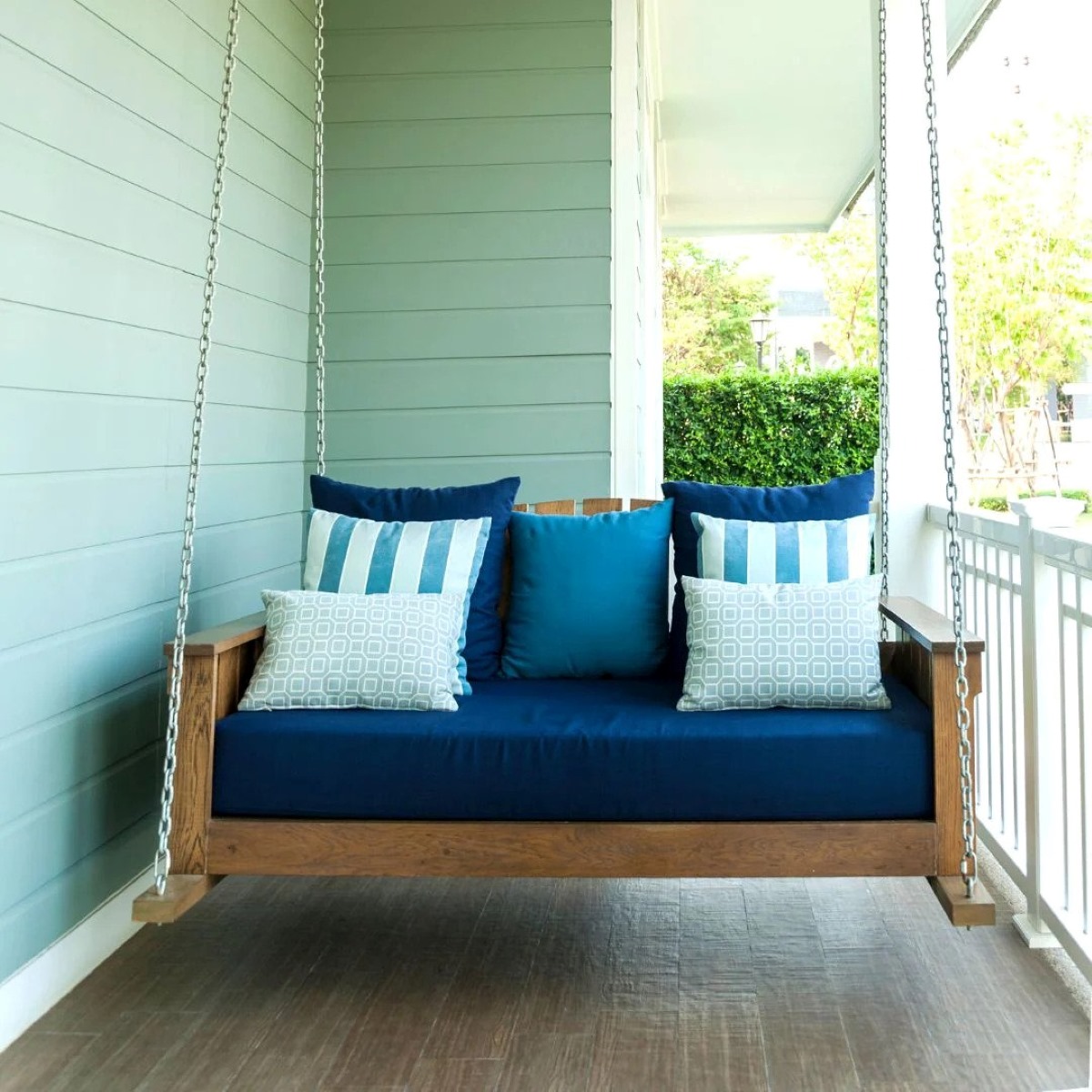
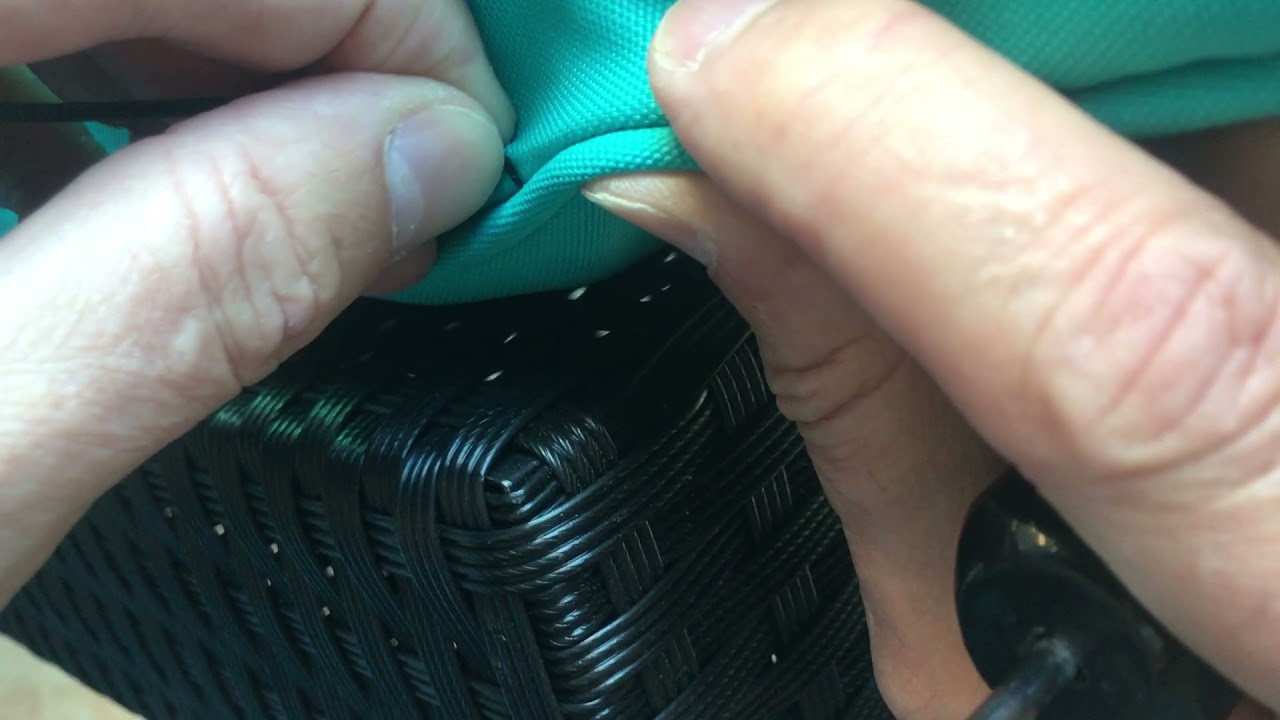
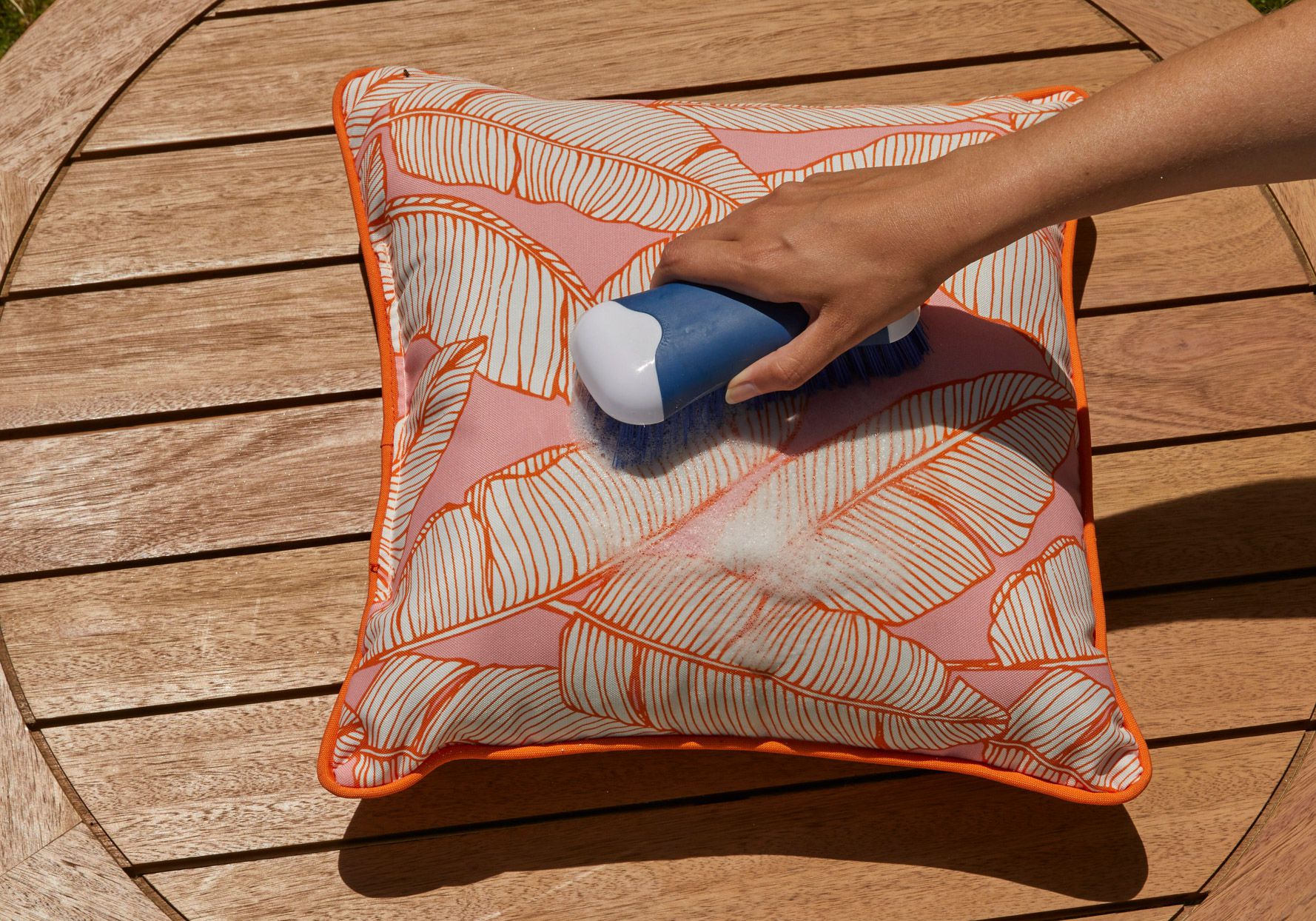
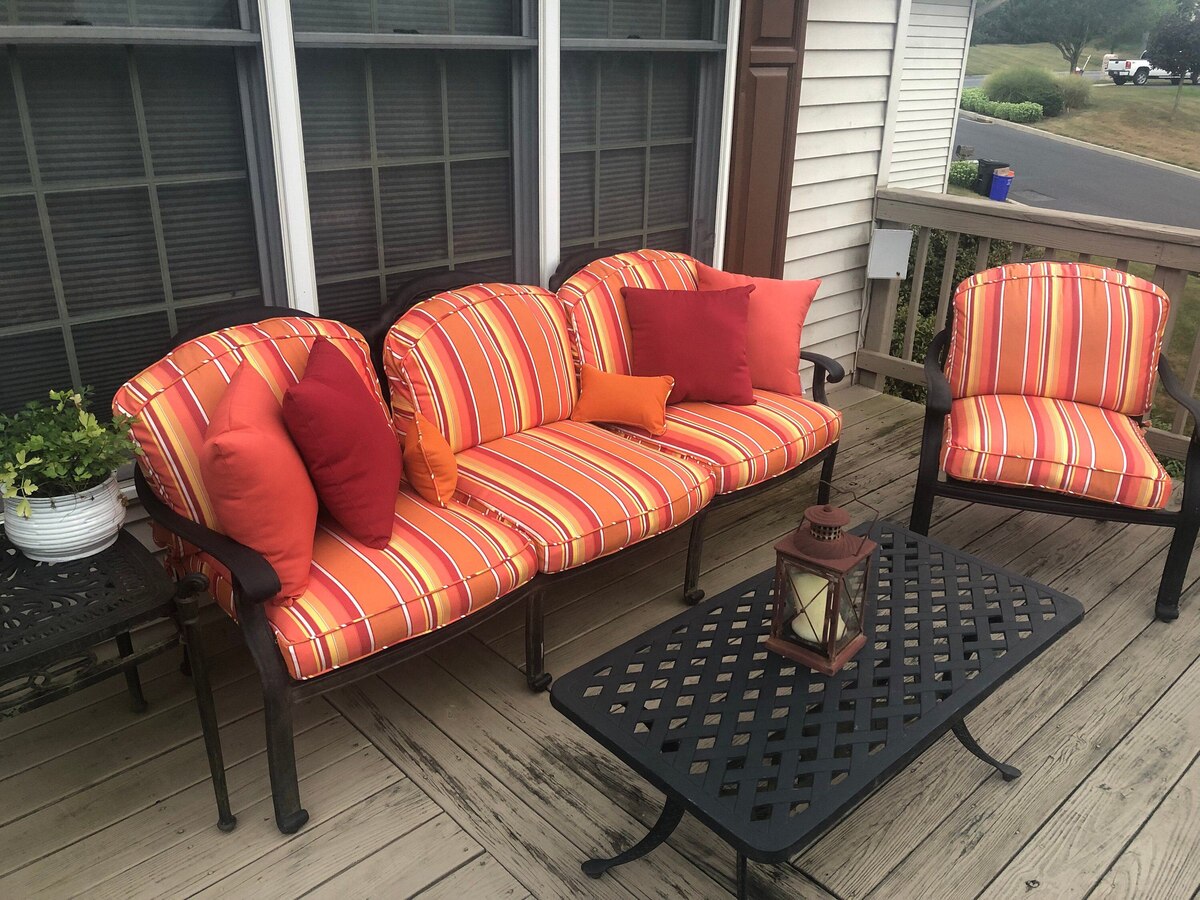
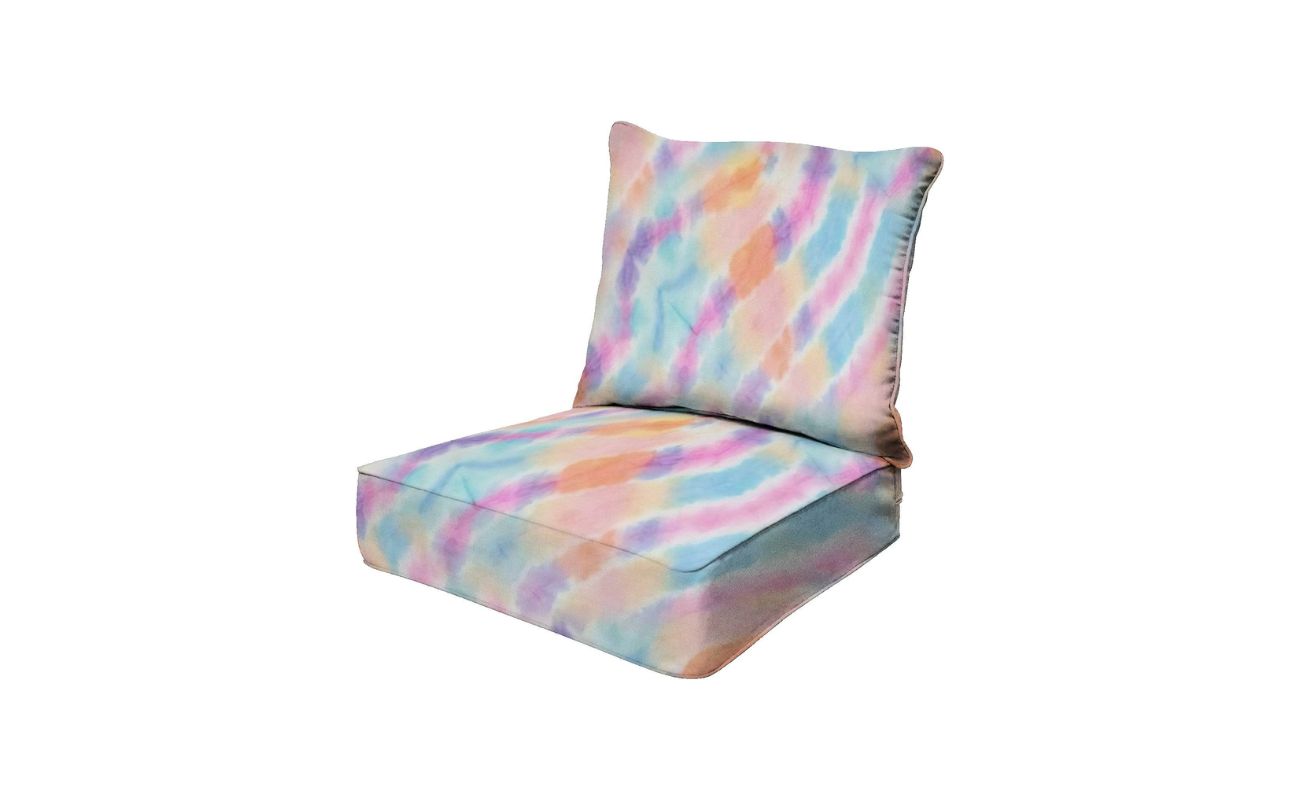
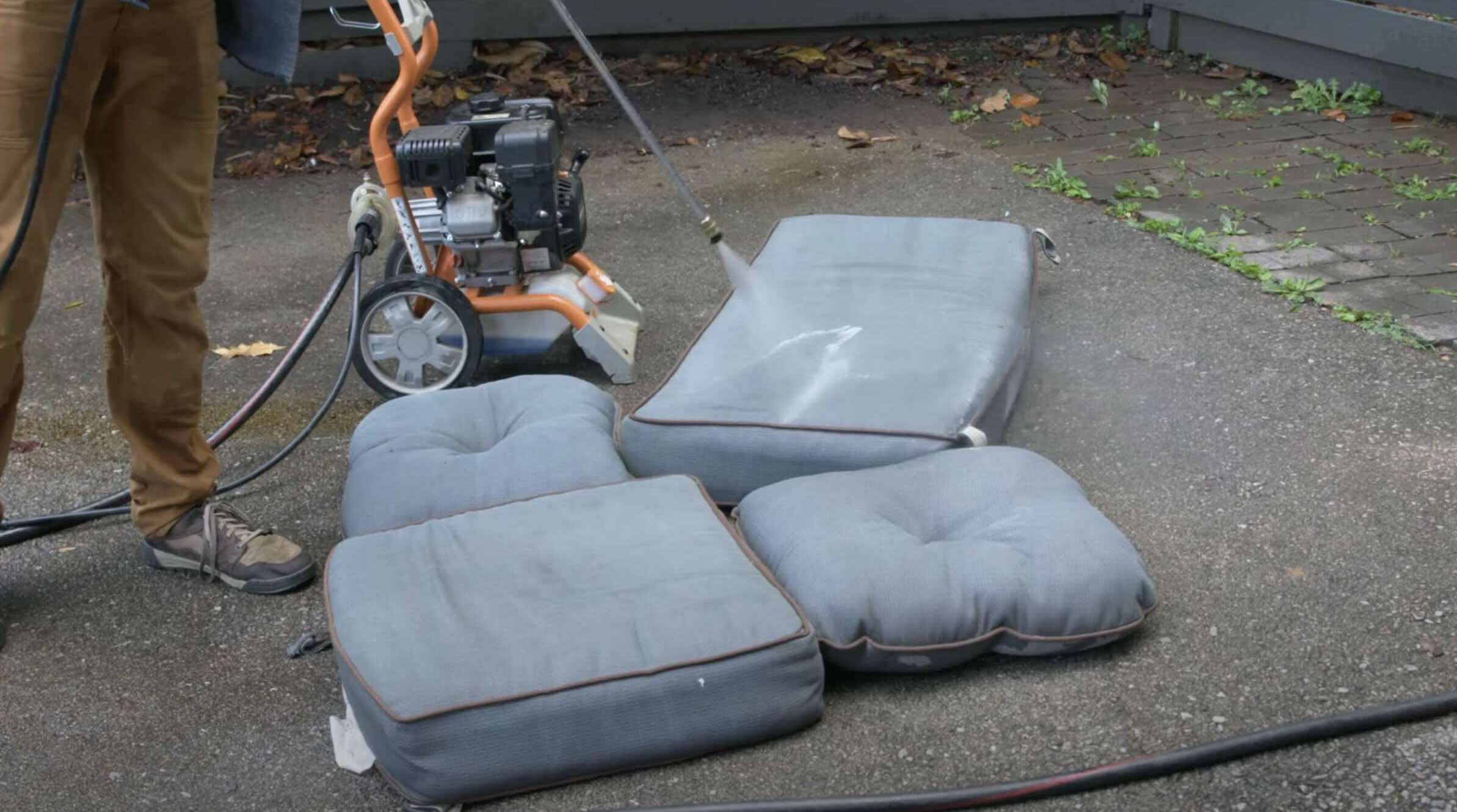
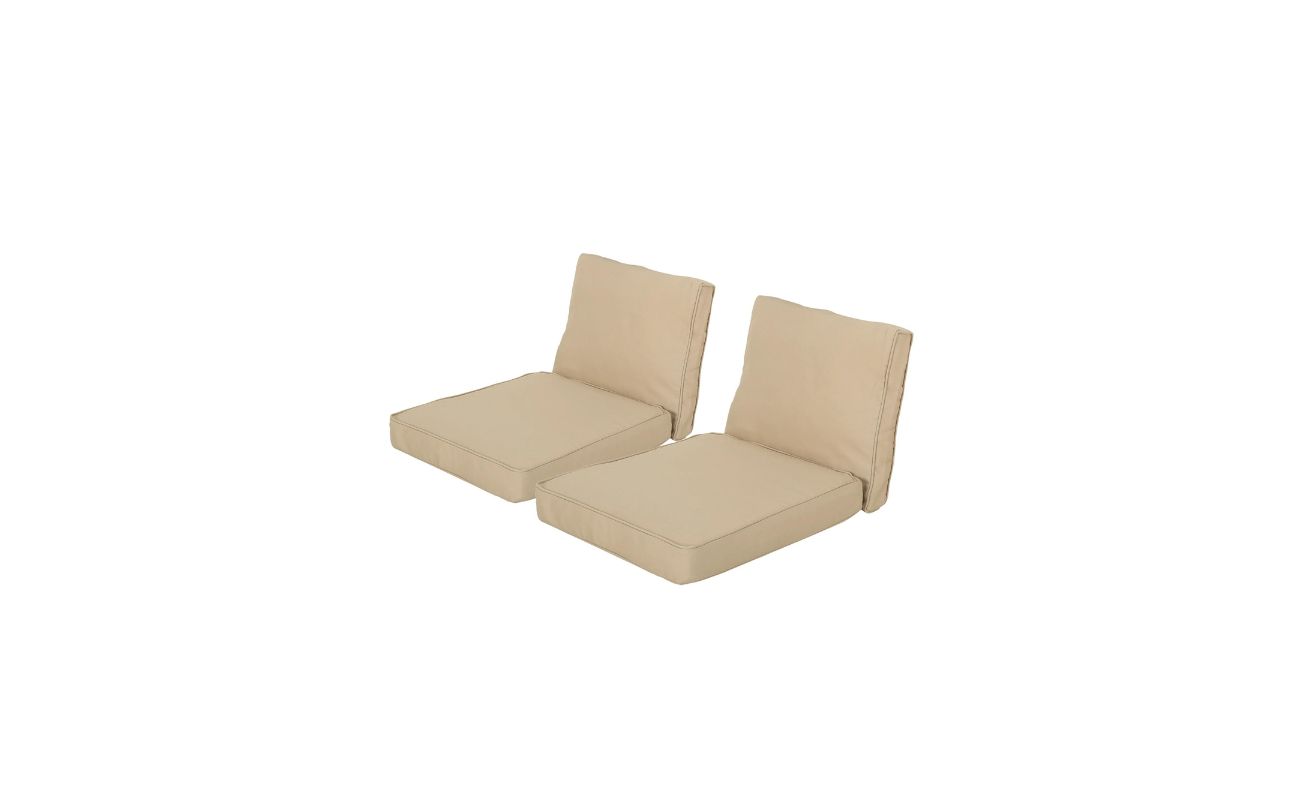
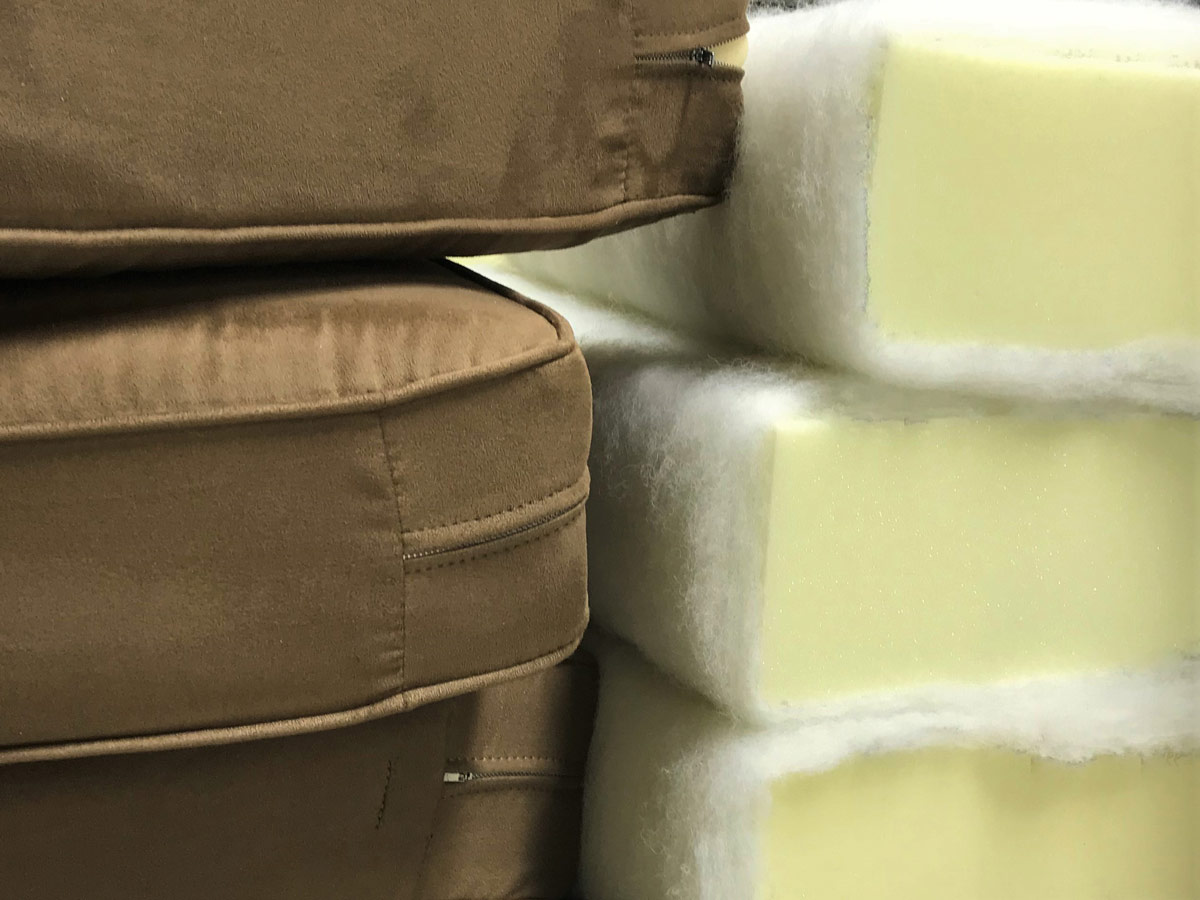

0 thoughts on “How To Replace Outdoor Furniture Cushions”